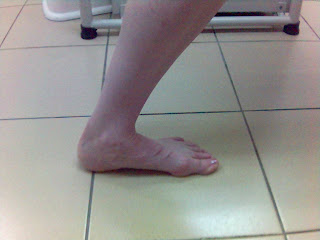
Cigarette smoking has been known to adversely affect sporting performance. Despite efforts by the honorable Sports Minister to discourage smoking amongst athletes, elite athletes have found it difficult to stop smoking. Despite making sports venues and training centres smoke-free areas, the general public continue to smoke in these places due to lack of implementation of the smoking ban by the health and sports authorities. Recent developments in medicine has shown that new pharmacotherapy may offer better options to assist athletes in this cause.
The efficacy of smoking cessation methods was systematically reviewed by a United States Public Health Services (USPHS) committee during the development of an evidence-based clinical practice guideline for physicians released in 2000. Based on meta-analyses of the existing data, the USPHS panel concluded that 2 smoking cessation methods had the best evidence of efficacy: behavioral counseling and pharmacotherapy (nicotine replacement products -- gum, patch, lozenge, oral inhaler, and nasal spray -- or the antidepressant bupropion*., known as Zyban or Wellbutrin SR). A combination of counseling and pharmacotherapy produced the best results. There was no evidence to support the efficacy of other methods, such as hypnosis or acupuncture. An independent systematic review of this evidence, conducted by a global network of researchers (the Cochrane Collaboration), came to the same conclusions.
In a randomized trial in which bupropion was compared directly with the nicotine patch, patients using bupropion had significantly higher quit rates at 1 year than those using either the patch or placebo. However, nicotine replacement products and bupropion are considered fairly equivalent by most experts, so patient preference and medical conditions should dictate choice of therapy. The USPHS clinical practice guideline states that combining the patch with other forms of NRT resulted in higher quit rates than use of the patch alone, and recommends that combining nicotine replacement products be encouraged if the patient has failed on monotherapy. Ad lib use of nicotine gum or lozenge with the patch may help to reduce acute cravings. Bupropion SR may also be used in combination with nicotine replacement products, although as mentioned above, combining the patch and bupropion has not resulted in significantly higher rates than bupropion alone.
These meta-analyses also found that physician advice to quit improved adult cessation rates, and the addition of brief counseling (less than 3 minutes) was even more effective. Effectiveness further increases with greater counseling contact time, including proactive telephone counseling. (adapted from a Medscape CME article).
4 weeks treatment with Bupropion costs RM300 to the athlete. It is estimated that the treatment would last 7 to 12 weeks to be effective. Nicotine patches are often not a treatment of choice as the profuse sweating of athletes may affect the effective use of the patch.
Disclaimer: Athletes are advised to seek your doctor's advice before taking these medication.
*2008 Update: In the WADA 2008 Prohibited list bupropion is considered as a Substance under the WADA Monitoring Programme 2008.



































.JPG)








.jpg)
.jpg)
.jpg)

.jpg)
.jpg)



